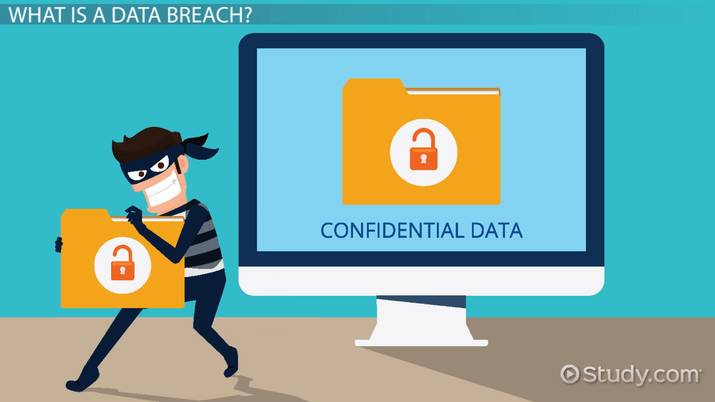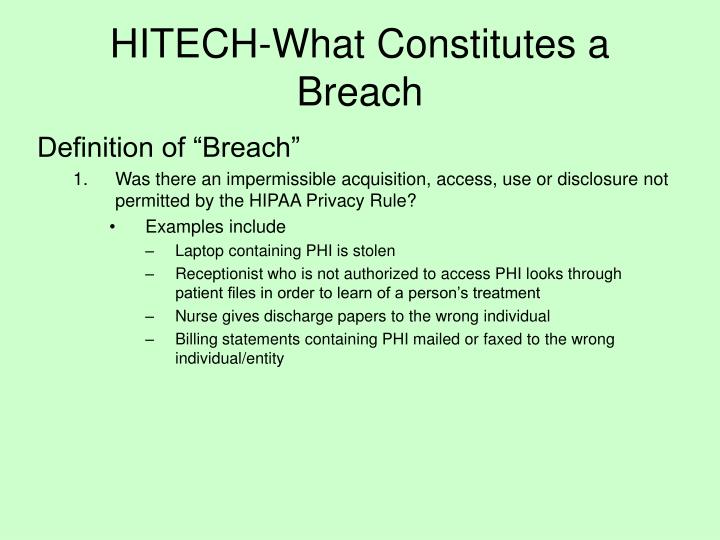

In distributed systems, this can also occur with a breakdown in a web of trust. The departure of a trusted staff member with access to sensitive information can become a data breach if the staff member retains access to the data after the termination of the trust relationship.

The notion of a trusted environment is somewhat fluid. ISO/IEC 27040 defines a data breach as: compromise of security that leads to the accidental or unlawful destruction, loss, alteration, unauthorized disclosure of, or access to protected data transmitted, stored or otherwise processed. Many jurisdictions have passed data breach notification laws, which requires a company that has been subject to a data breach to inform customers and take other steps to remediate possible injuries.Ī data breach may include incidents such as theft or loss of digital media such as computer tapes, hard drives, or laptop computers with unencrypted information, posting such information on the World Wide Web without proper information security precautions, transfer of such information to a system which is not completely open but is not appropriately or formally accredited for security, such as unencrypted e-mail, or transfer of such information to the information systems of a possibly hostile agency, such as a competing corporation or a foreign nation, where it may be exposed to more intensive decryption techniques.

ĭata breaches can be quite costly to organizations with direct costs (remediation, investigation, etc.) and indirect costs ( reputational damages, providing cyber security to victims of compromised data, etc.).Īccording to the nonprofit consumer organization Privacy Rights Clearinghouse, a total of 227,052,199 individual records containing sensitive personal information were involved in security breaches in the United States between January 2005 and May 2008, excluding incidents where sensitive data was apparently not actually exposed. Data breaches may involve overexposed and vulnerable unstructured data – files, documents, and sensitive information. ĭata breaches may involve financial information such as credit card and debit card details, bank details, personal health information (PHI), Personally identifiable information (PII), trade secrets of corporations or intellectual property. A deliberate data breach by a person privy to the information, typically for political purposes, is more often described as a "leak". Leaked information can range from matters compromising national security, to information on actions which a government or official considers embarrassing and wants to conceal. Incidents range from concerted attacks by individuals who hack for personal gain or malice ( black hats), organized crime, political activists or national governments, to poorly configured system security or careless disposal of used computer equipment or data storage media. Other terms are unintentional information disclosure, data leak, information leakage and data spill.


 0 kommentar(er)
0 kommentar(er)
